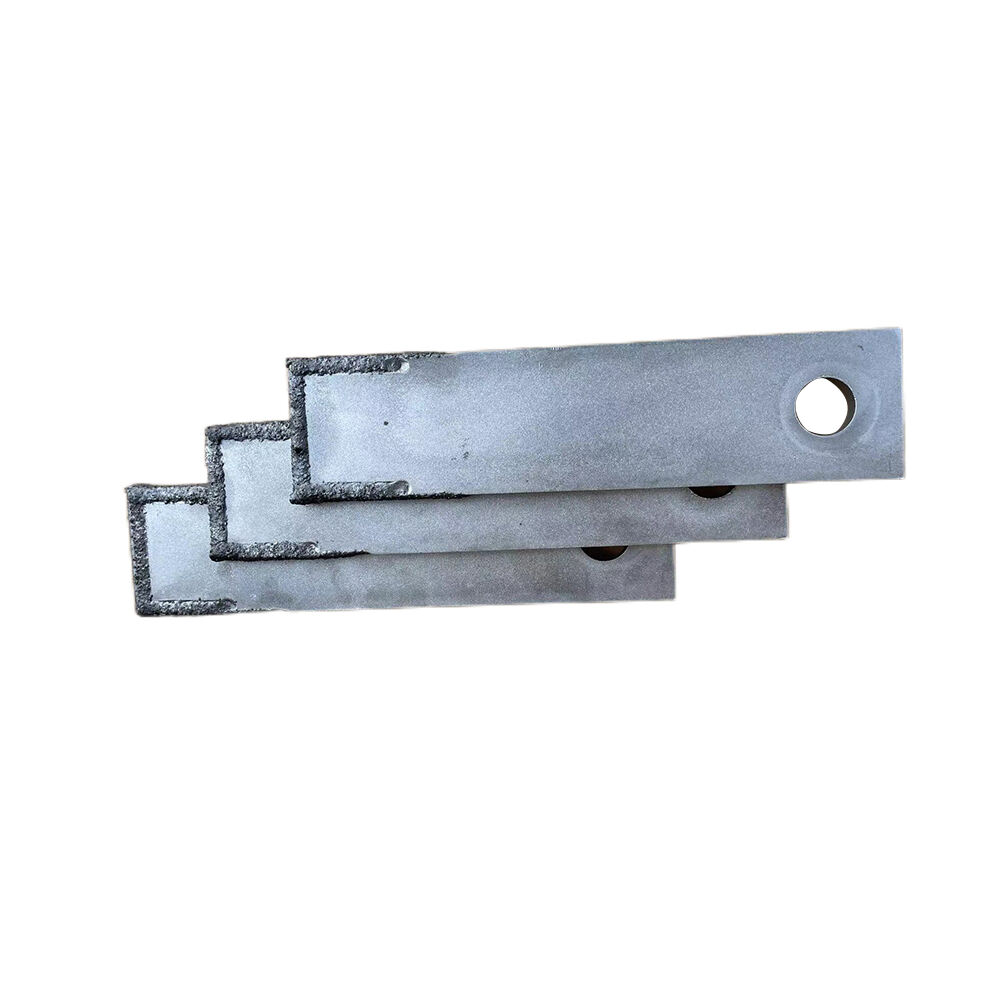Understanding the Impact of Drum Beater Selection on Your Sound
The hammer beater you choose can dramatically transform your drum sound, acting as the crucial connection between your foot's movement and the bass drum's resonance. Professional drummers know that this small yet vital component shapes everything from attack and punch to overall tonal character. Whether you're playing in a heavy metal band or a jazz ensemble, selecting the right hammer beater becomes essential for achieving your desired sound signature.
The significance of this choice extends beyond mere sound production. Your playing style, genre requirements, and even venue acoustics all factor into making the optimal selection. With various materials, weights, and designs available in today's market, understanding the nuances of hammer beater characteristics will empower you to make an informed decision that enhances your drumming experience.
Essential Characteristics of Drum Beaters
Material Composition and Its Effects
The material of your hammer beater directly influences the sound produced when striking the bass drum head. Felt beaters deliver a warm, rounded tone that works excellently in jazz and acoustic settings. Wood creates a sharp attack perfect for rock and metal, while plastic offers a balanced middle ground with excellent durability. Some modern hammer beater designs even incorporate multiple materials, allowing drummers to rotate the beater for different sound options.
Contemporary manufacturers have also introduced innovative materials like synthetic wool and composite plastics, each bringing unique sonic characteristics to the table. These materials often combine durability with specific tonal qualities, giving drummers more options than ever before.
Weight and Size Considerations
The weight of your hammer beater significantly affects both playability and sound production. Heavier beaters provide more attack and volume but require more effort to play, especially during fast passages. Lighter options offer quicker response and easier control, making them ideal for intricate patterns and faster tempos.
Size also plays a crucial role, with larger surface areas producing broader sounds and smaller ones delivering more focused hits. Many professional drummers maintain multiple hammer beater options to accommodate different musical situations and venues.

Playing Styles and Beater Selection
Genre-Specific Requirements
Different musical genres demand specific sound characteristics from your hammer beater. Metal and hard rock typically benefit from heavier beaters with harder surfaces, producing the powerful, punchy sound essential to these styles. Jazz and fusion players often prefer lighter, softer beaters that deliver subtle nuances and dynamic control.
Contemporary pop and electronic music might require a versatile hammer beater that can produce both sharp attacks for precise patterns and fuller sounds for sustained notes. Understanding these genre-specific needs helps narrow down your choices significantly.
Technical Considerations for Different Techniques
Your playing technique should influence your hammer beater choice. Fast double bass patterns require a beater that allows quick rebound and minimal resistance. Players who emphasize groove and feel might prefer a beater that provides more feedback and control.
Some hammer beater designs feature adjustable weights or interchangeable heads, offering flexibility for different playing situations. This adaptability proves particularly valuable for session drummers who need to switch between styles quickly.
Maintenance and Longevity
Proper Care Techniques
Maintaining your hammer beater ensures consistent performance and extended lifespan. Regular inspection for wear patterns helps prevent unexpected failures during performances. Felt beaters particularly benefit from occasional brushing to maintain their shape and surface texture.
Rotating your beater's striking position periodically helps distribute wear evenly, especially important for felt and wood options. Some drummers keep their hammer beater clean using specialized cleaning products that don't compromise the material's integrity.
Recognizing Wear and Replacement Timing
Understanding when to replace your hammer beater prevents deteriorating sound quality and potential damage to your bass drum head. Signs of excessive wear include visible flattening of the striking surface, material separation, or inconsistent sound production.
Professional drummers often replace their hammer beater before visible damage occurs, maintaining optimal sound quality throughout their performances. Having backup options ready ensures you're never caught off-guard by unexpected wear.
Advanced Selection Strategies
Testing and Evaluation Methods
When selecting a new hammer beater, systematic testing helps ensure the best choice. Start by trying different options in your regular playing environment, paying attention to attack, sustain, and overall tone. Recording these tests can provide valuable perspective on how each beater sounds in different contexts.
Consider testing potential hammer beater options with your specific drum head and tension settings, as these factors significantly influence the final sound. Many drum shops allow testing before purchase, taking advantage of this opportunity proves invaluable.
Professional Customization Options
Some manufacturers offer customization services for hammer beater specifications, allowing drummers to fine-tune weight, material density, and surface area to their exact requirements. Custom options might include hybrid materials or specific weight distributions designed for particular playing styles.
Working with experienced drum technicians can help identify the perfect customization options for your needs. These professionals often have extensive knowledge of how different modifications affect sound and performance.
Frequently Asked Questions
How often should I replace my hammer beater?
The replacement frequency depends on your playing intensity and the beater material. Generally, felt beaters might need replacement every 6-12 months with regular use, while harder materials like plastic or wood can last several years. Regular inspection for wear and sound quality changes helps determine the right time for replacement.
Can I use multiple hammer beaters for different songs?
Yes, many professional drummers switch hammer beaters between songs to achieve specific sounds. Quick-change mechanisms on modern pedals make this practical during live performances. Having multiple options allows for optimal sound customization across varied musical requirements.
What hammer beater material provides the most versatile sound?
Plastic or synthetic composite hammer beaters typically offer the most versatile sound characteristics. They provide a good balance between attack and warmth, working well across multiple genres. Many models feature dual-sided designs with different surface hardnesses, effectively giving you two beaters in one.
